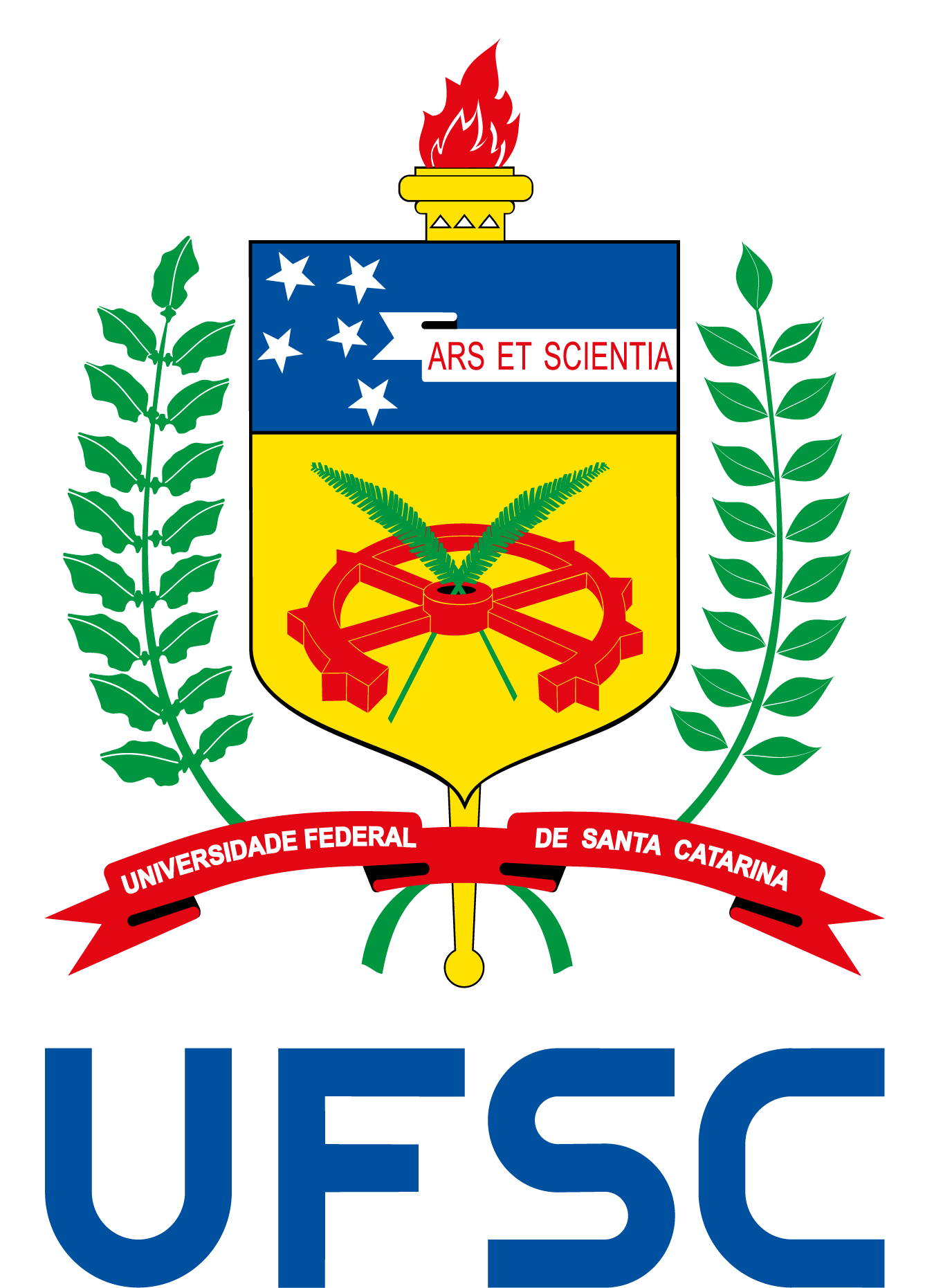Seminar with professor Drª. Ana Flavia Nogueira – September 11, 2020 (friday) – 10:15 a.m.
THE PHYSICS GRADUATE PROGRAM invites everyone to the seminar:
Metal halide perovskite materials: beyond solar cells
Ana Flavia Nogueira
Laboratório de Nanotecnologia e Energia Solar (LNES), Chemistry Institute, University of Campinas
Abstract:
Metal halide perovskite materials have been extensively investigated as thin films or colloidal nanoparticles in several technological applications, such as photovoltaic cells (PV), lasers, photodetectors and light emitting diodes (LED).
Perovskite is the name given to materials that have the general formula ABX3 with a structure similar to the mineral CaTiO3. In perovskite materials for PV, the monovalent cation “A” is an organic cation such a methylammonium (CH3NH3+, MA) or formamidinium (CH(NH2)2+, FA). For LED applications, “A” is an inorganic cation as Cs+, Rb+. In both applications, “B” is a divalent cation Pb2+ or Sn2+, and “X” a halogen anion Cl-, Br- or I-. The optoelectronic properties that make perovskites attractive are their direct and tunable band gap (that can be varied due to quantum confinement or composition), high absorption coefficient (similar to GaAs), ambipolar transport of charges, high mobility of electrons and holes compared with organic semiconductors, and electron diffusion lengths that can exceed micrometers in large crystals. Multicomponent perovskite solar cells have reached the recent efficiency breakthrough of 25.2%, higher than silicon polycrystalline photovoltaics







